
Yamaha YZF-R3 vs Kawasaki Ninja 300 vs KTM RC390: Comparison Photo...
- Dec 28, 2015
- Views : 72288

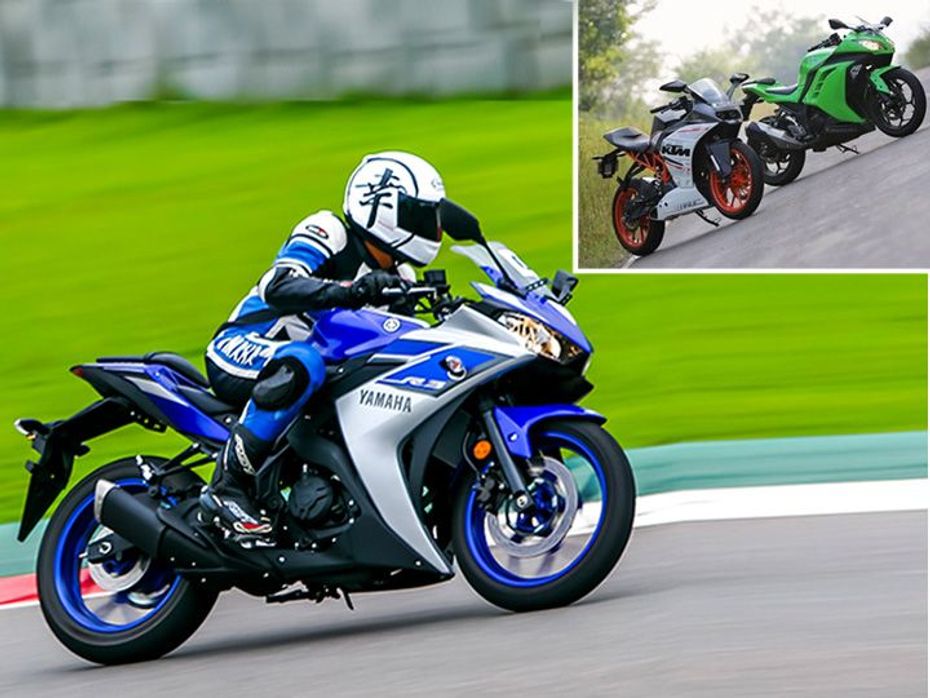
1.) Engine: At the core of all motorcycles in this segment is performance. In fact, buyers looking to invest on any of the above motorcycles are making a shift from entry-level performance offerings, which put the Yamaha YZF-R3, Kawasaki Ninja 300 and the KTM RC390 on the same battleground despite the vast difference in cost.
Let’s start with the new kid on the block – the Yamaha YZF-R3. The R3 gets a 321cc parallel twin cylinder liquid-cooled engine that makes 42PS and 29.6Nm. On paper, the Kawasaki Ninja 300 falls back with its 39PS of power and 27Nm of torque. Aside from the 3PS and the 3Nm advantage that the tuning fork offering has over the Ninja, it must also be noted that the former makes its peak power and torque earlier too. If that isn’t enough, Yamaha has been smart in keeping the R3’s weight in check which stands 3kg lighter than the Ninja 300. Yamaha says part of the weight reduction has come thanks to the use of steel diamond type frame instead of a perimeter one. But we think there this move has also been done to keep the costs in check. In fact, the swing arm too is steel instead of an alloy construction.
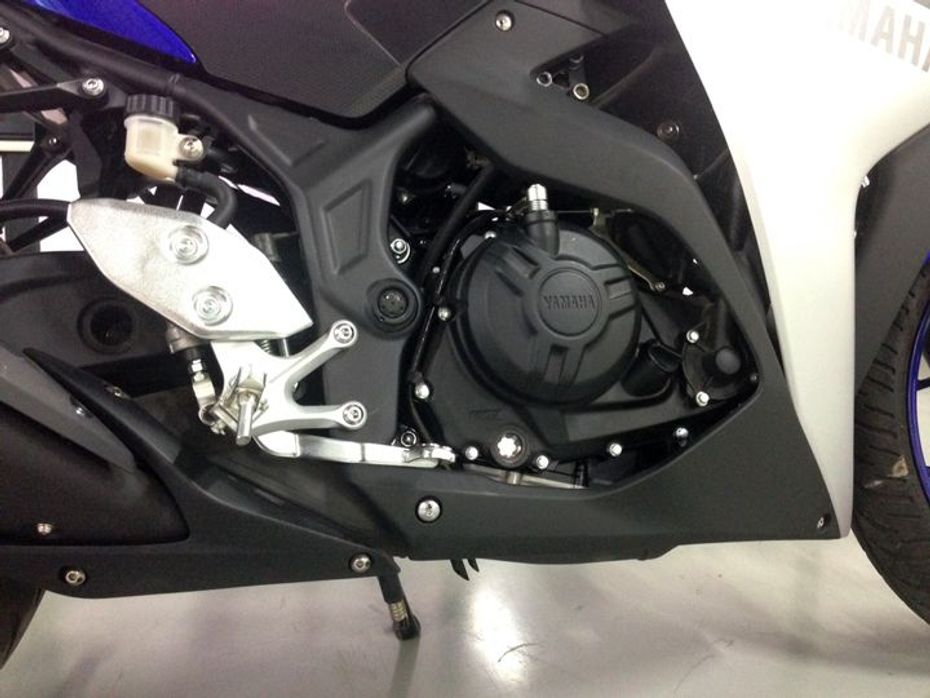
Meanwhile the KTM RC390, despite being a single cylinder 373.2cc offering makes slightly more power and considerably higher torque than the R3 as well as the Ninja 300. The RC390 makes peak power of 43.5PS and maximum torque of 35Nm. Wondering how a single cylinder unit can make more power and torque than parallel twin offerings? The 373cc unit of the KTM has a longer bore and stroke than its rivals in discussion. Moreover, the RC 390 even weighs a lot less than both the other bikes. However, one can’t simply ignore the fact that the R3 and the Ninja 300 being parallel twin offerings are a lot smoother than the RC 390.
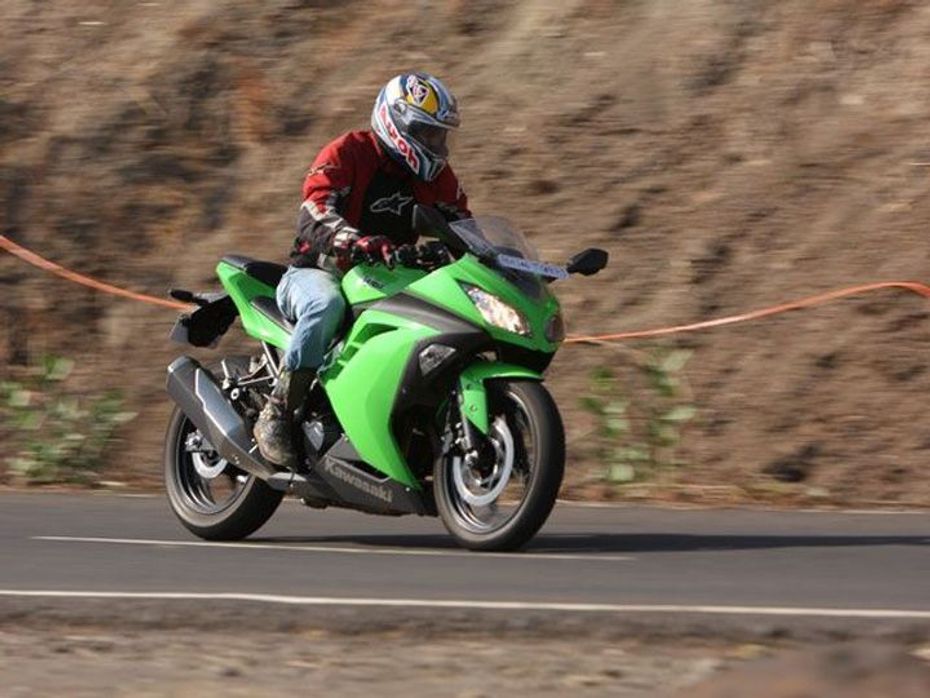
2.) Features: This is one aspect where the Yamaha R3 falls behind the Kawasaki Ninja 300 as well as the KTM RC390. It does get a semi-digital instrumentation, disc brakes at the front as well as at the back and an adjustable monoshock suspension setup at the back. But these features are found on both the other motorcycles as well. The Kawasaki gains an edge thanks to its slipper clutch while the KTM RC390 comes with ABS as a standard equipment. Both these features are missing from the R3. It must be noted that at 160mm the Yamaha offering has the maximum ground clearance as opposed to the KTM’s 157mm and the Kawasaki’s 125mm. The KTM RC390 despite being the cheapest of the three sports Metzeler tyres while the Yamaha and the Kawasaki gets MRF and IRC rubber respectively.
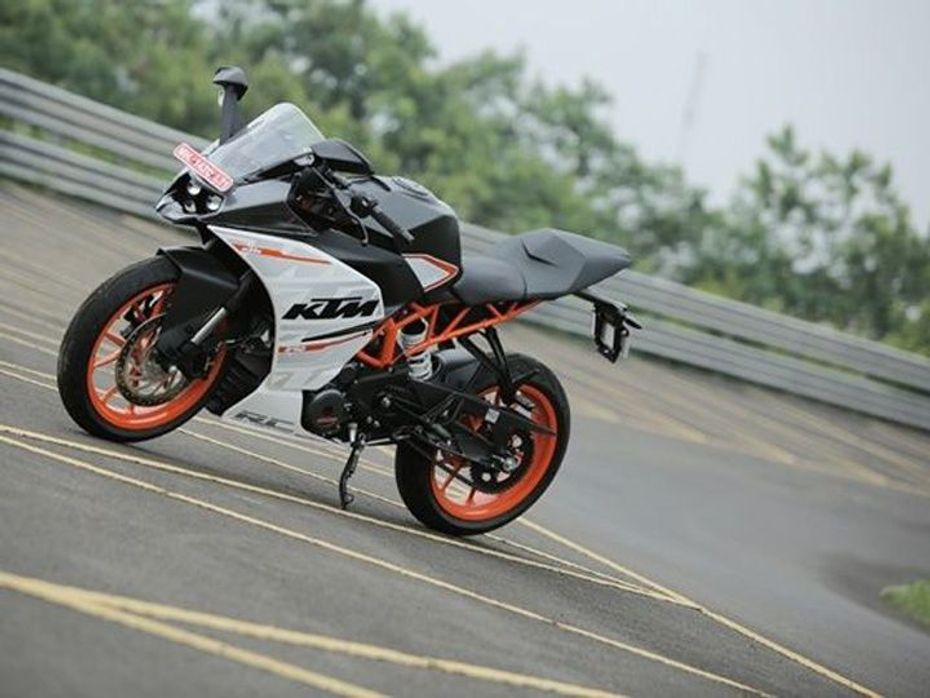
3.) Price: Now for the price. Needless to say there is a vast difference in the price of the KTM RC390 and the two parallel twin motorcycles. But one needs to understand that the premium paid is not just for an extra cylinder but also for the refinement that comes with it. Moreover, the quality of parts on the Yamaha R3 and the Kawasaki Ninja 300 is far better than what we get on the KTM RC390.
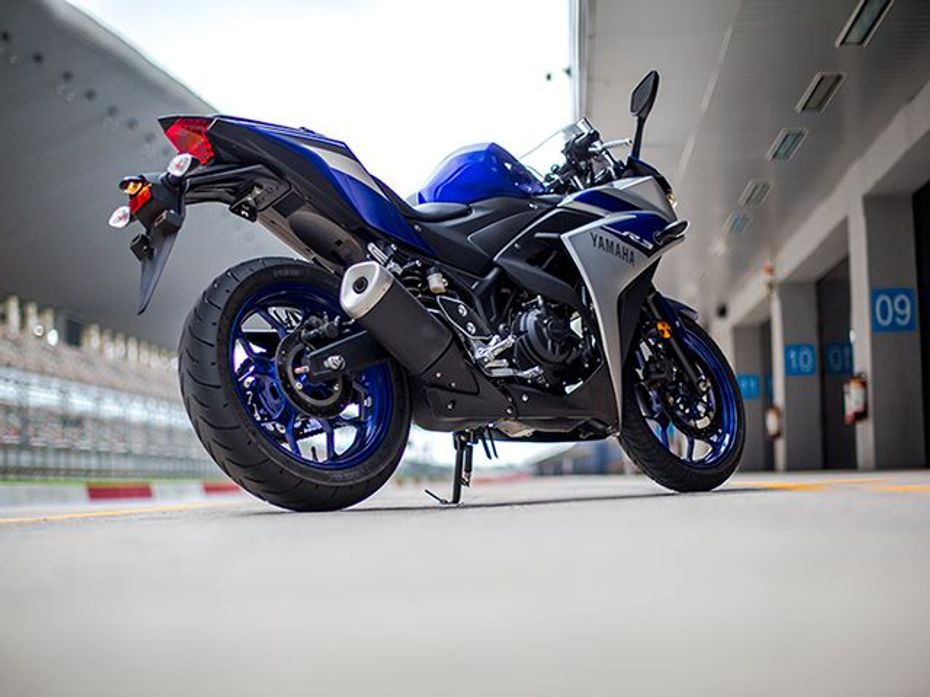
The Made-in-India KTM RC390 has been priced at Rs 2.14 lakh while the Yamaha R3 and the Kawasaki Ninja 300 both of which come as CKD kits in India, are priced at Rs 3.25 lakh and Rs 3.65 lakh respectively. Yamaha was the last of the three offerings to enter the segment and has smartly undercut the Kawasaki Ninja 300 but at the same time demands a premium over the KTM RC390.

Yamaha YZF-R3 vs Kawasaki Ninja 300 vs KTM RC390: Comparison Photo...

Yamaha YZF-R3 vs Kawasaki Ninja 300 vs KTM RC390: Comparison Review

Yamaha YZF-R3 Discontinued, To Be Replaced With BS-IV Variant

Rickey Gadson Drag Racing School India - The 10 Second School

Yamaha R3 Recalled For The Second Time In India

Yamaha Recalls 902 Units Of YZF-R3 In India

2015 ZigWheels Awards: Entry-level Performance Bike of the Year...

MotoGP champion Jorge Lorenzo to ride Yamaha R3 at BIC

Yamaha YZF-R3 Special Coverage

Yamaha YZF-R3: 7 things to Know
India's largest automotive community